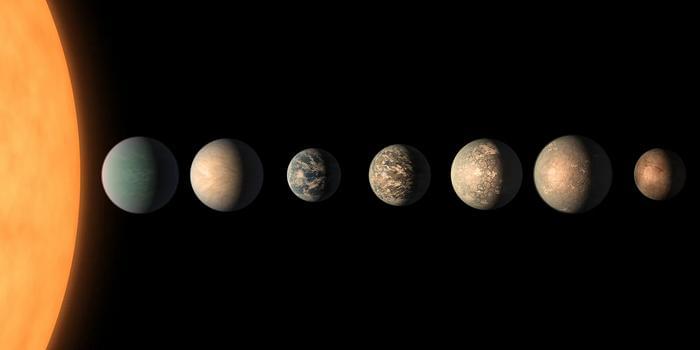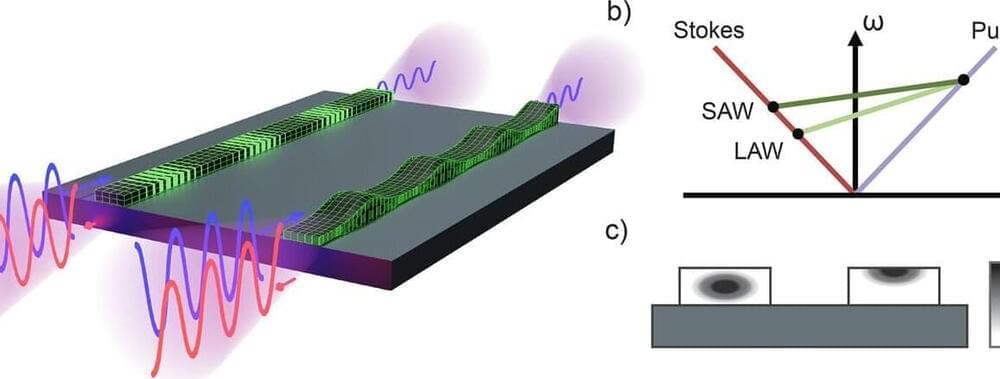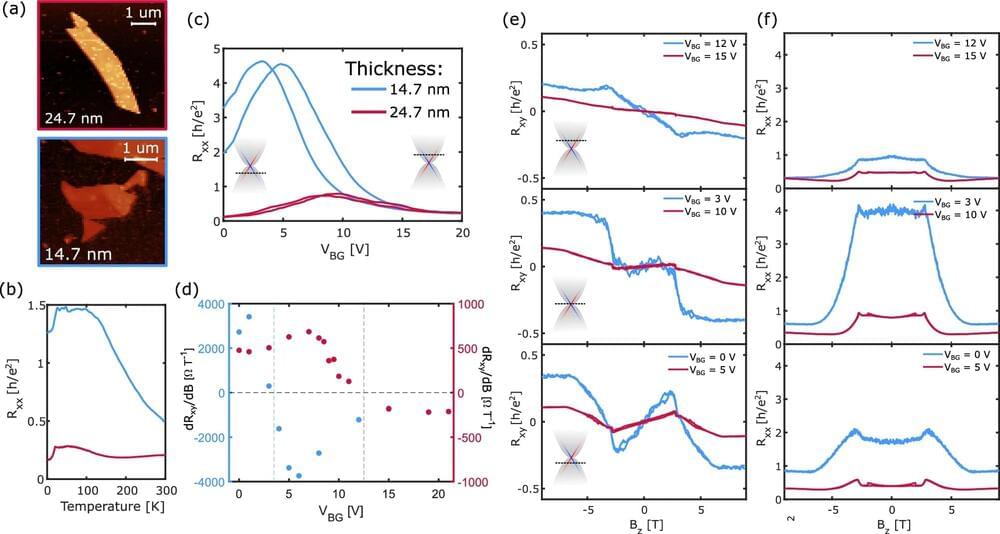A two-line comment about “various compliance requirements” spurred questions about sanctions policy and procedure on the Linux kernel mailing list.


Brush up on your physics knowledge with Brilliant! First 30 days are free and 20% off the annual premium subscription when you use our link ➜ https://brilliant.org/sabine.
Mathematician and Computer Scientist Stephen Wolfram wants to do no less than revolutionising physics. He wants to do it with computer code that gives rise to all the fundamental laws of nature that we know and like — and maybe more. Unfortunately, Einstein’s theories of general relativity inherently clash with how computers work. And yet, he and his team might have found a clever way around this problem.
🤓 Check out my new quiz app ➜ http://quizwithit.com/
💌 Support me on Donorbox ➜ https://donorbox.org/swtg.
📝 Transcripts and written news on Substack ➜ https://sciencewtg.substack.com/
👉 Transcript with links to references on Patreon ➜ / sabine.
📩 Free weekly science newsletter ➜ https://sabinehossenfelder.com/newsle…
👂 Audio only podcast ➜ https://open.spotify.com/show/0MkNfXl…
🔗 Join this channel to get access to perks ➜
/ @sabinehossenfelder.
🖼️ On instagram ➜ / sciencewtg.
#science #physics

Can rocky exoplanets orbiting stars smaller than our Sun support life as we know it? This is what a recent study published in Nature Communications hopes to address as an international team of researchers examined the atmospheric stability of exoplanets orbiting M-dwarf stars, which typically range from 7.5 percent to 50 percent of our Sun’s mass and surface temperatures of approximately 3,500 degrees Celsius (6,300 degrees Fahrenheit) with our Sun boasting surface temperatures of approximately 5,000 degrees Celsius (9,000 degrees Fahrenheit). This study holds the potential to help astronomers better understand the conditions for finding life beyond Earth and where we can find it.
For the study, the researchers examined TRAPPIST-1, which is an M-dwarf star located approximately 40 light-years from Earth while boasting seven rocky exoplanets, several of which orbit within its star’s habitable zone (HZ). Using computer models, the team simulated the formation and evolution of the orbiting exoplanets to ascertain if their individual atmospheres could remain stable over time to form a habitable environment. In the end, the team found that the exoplanets that orbit close to their star likely do not possess stable atmospheres, but found promising results for exoplanets orbiting farther out, specifically TRAPPIST-1 e.
“One of the most intriguing questions right now in exoplanet astronomy is: Can rocky planets orbiting M-dwarf stars maintain atmospheres that could support life?” said Dr. Joshua Krissansen-Totton, who is an assistant professor of Earth and space sciences at the University of Washington and lead author of the study. “Our findings give reason to expect that some of these planets do have atmospheres, which significantly enhances the chances that these common planetary systems could support life.”


A team of researchers has for the first time successfully used lasers to generate guided sound waves on the surface of a microchip. These acoustic waves, akin to the surface waves produced during an earthquake, travel across the chip at frequencies nearly a billion times higher than those found in earth tremors.
By containing the sound wave on the surface of a chip, it can more easily interact with the environment, making it a perfect candidate for advanced sensing technologies.
The findings are published in APL Photonics.

For the first time since the discovery of the material MnBi2Te4 (MBT), researchers at the University of Twente have successfully made it behave like a superconductor. This marks an important step in understanding MBT and is significant for future technologies, such as new methods of information processing and quantum computing.
MBT is a recently discovered material attracting attention due to its unique magnetic and topological properties. In their research, the scientists examined how electricity behaves in the material. The findings are published in the journal Communications Materials.
MBT’s topological properties cause electrons to move only along the edges of the material, and in theory, they should only move in a clockwise direction. However, the experiments at Twente demonstrated that under certain conditions, the electrons can rotate both clockwise and counterclockwise.


These scientists aren’t focused on the existence of quantum entanglement, but are keen on uncovering how it begins — how exactly do two particles become quantum entangled?
Using advanced computer simulations, they’ve managed to peek into processes that happen on attosecond timescales — a billionth of a billionth of a second.
Quantum entanglement is a strange and fascinating phenomenon where two particles become so interconnected that they share a single state.

Researchers at MIT have unexpectedly stumbled upon a way to 3D print active electronics – meaning transistors and components for controlling electrical signals – without the use of semiconductors or even special fabrication technology.
That goes far beyond what we can currently do with 3D printers. And if perfected, this method could eventually spell the beginning of a new wave in prototyping, experimentation, and even DIY projects for tinkerers at home.
With 3D printing, any of a range of materials including thermoplastic filaments, resin, ceramic, and metal, are laid down in successive thin layers to form a three-dimensional object. That means you can print all kinds of things, from action figures to jewelry to furniture to buildings.
